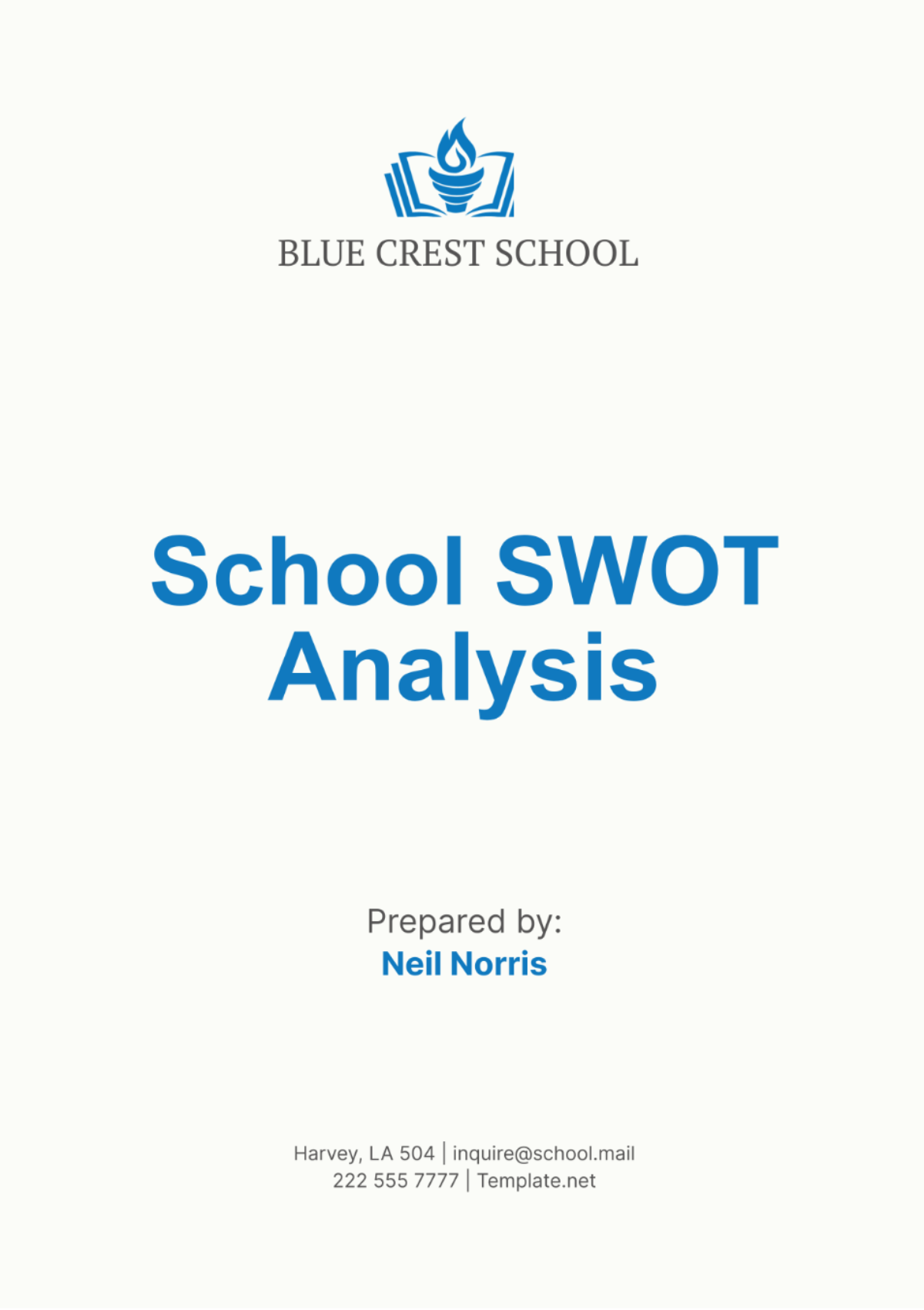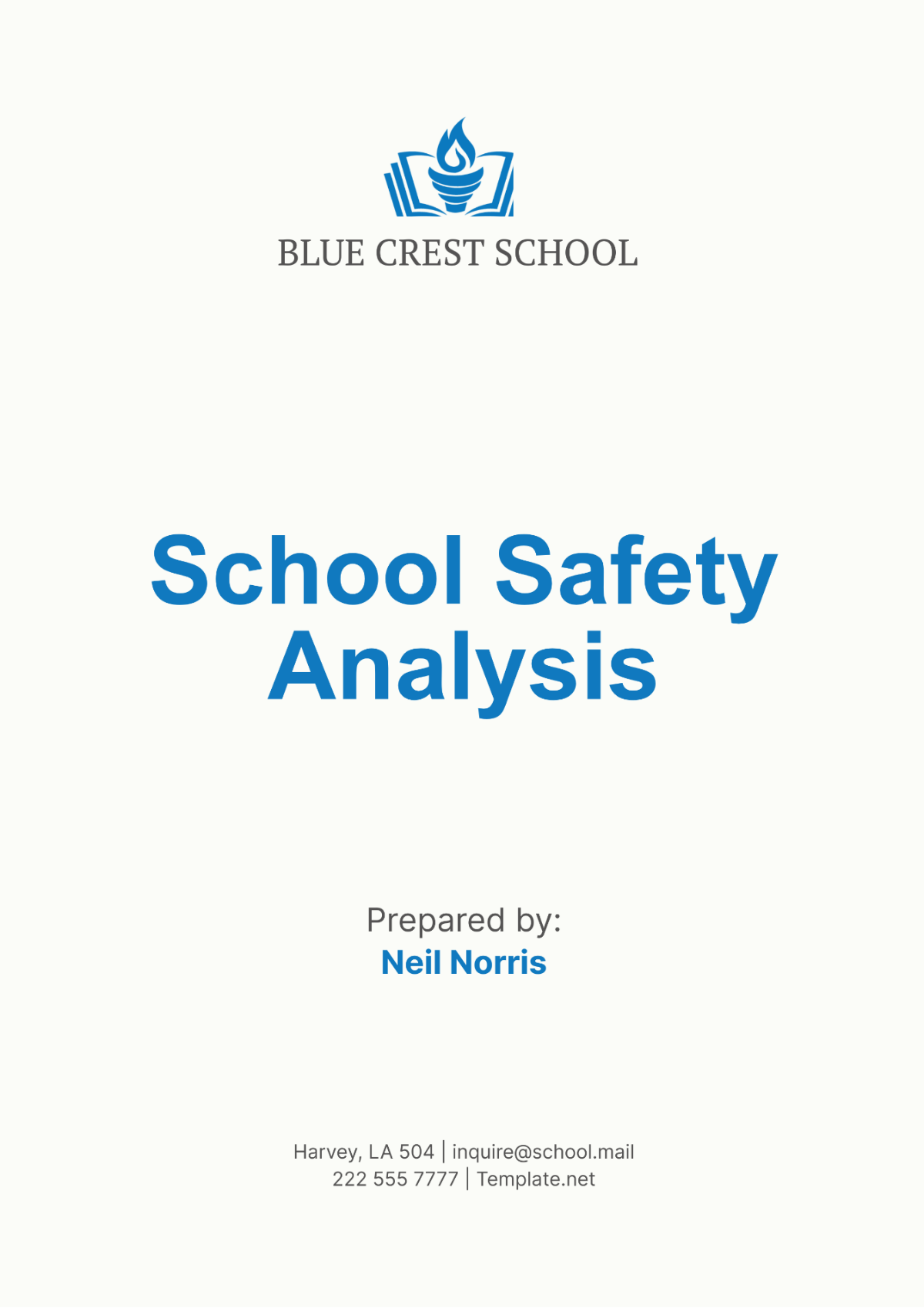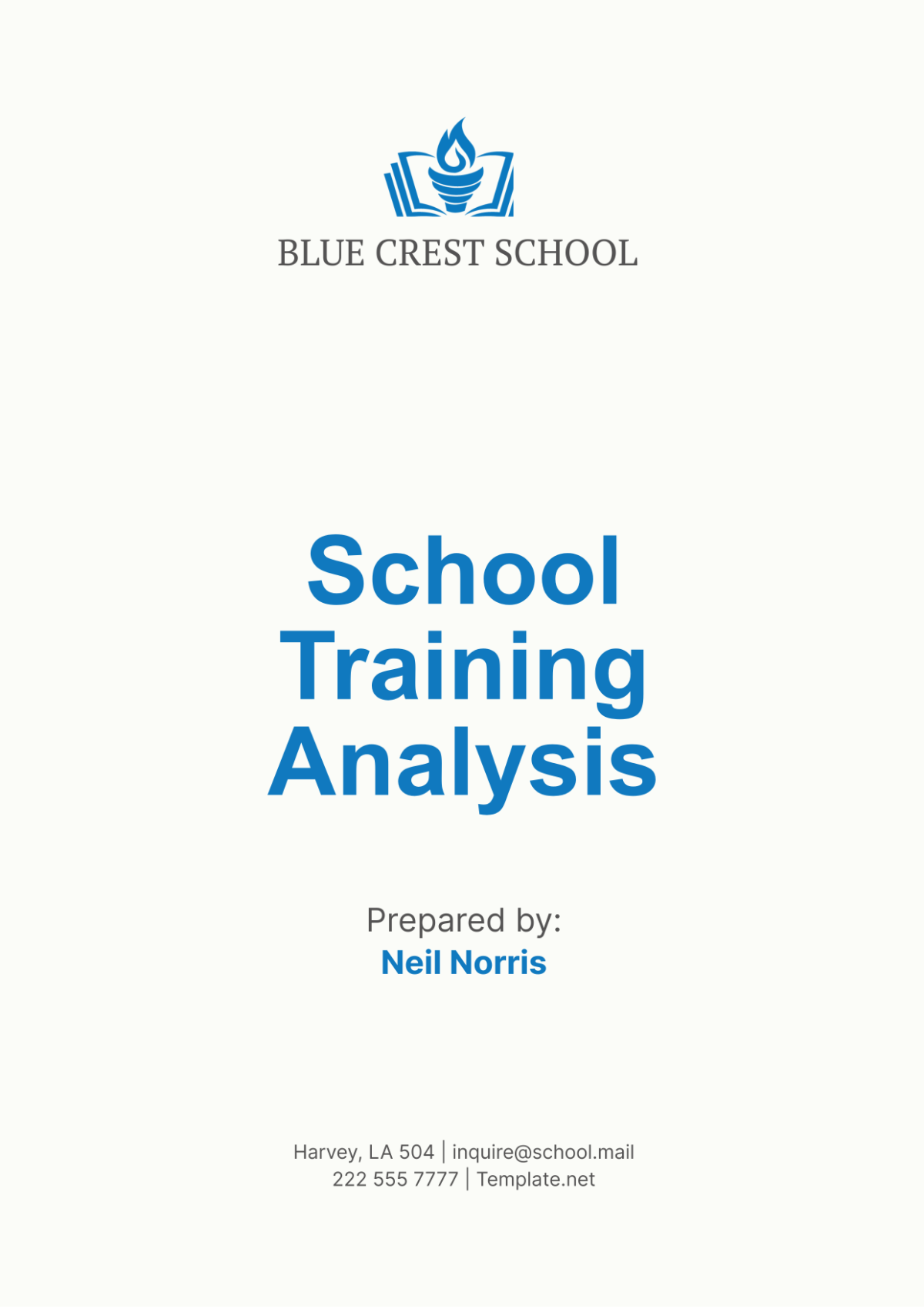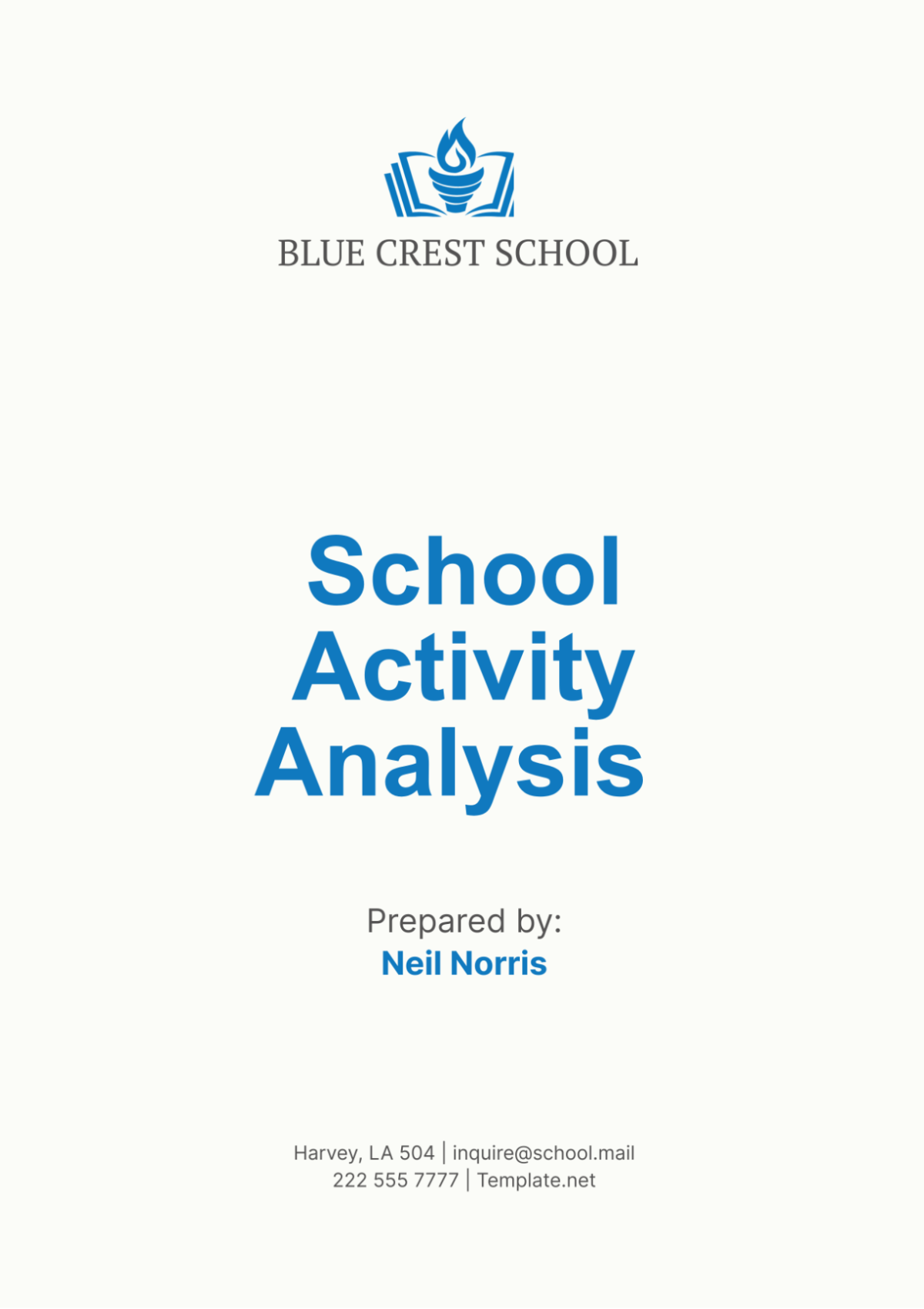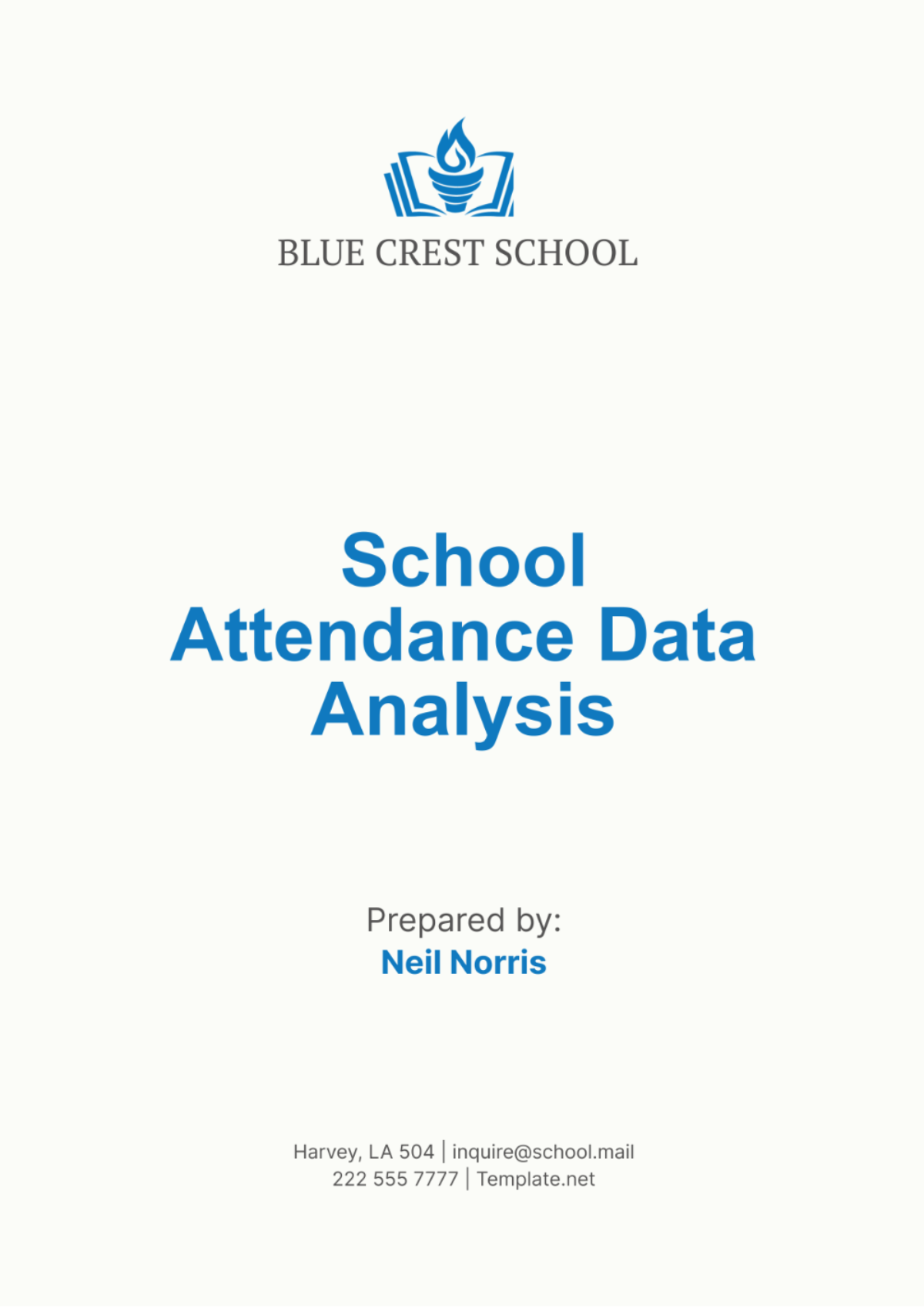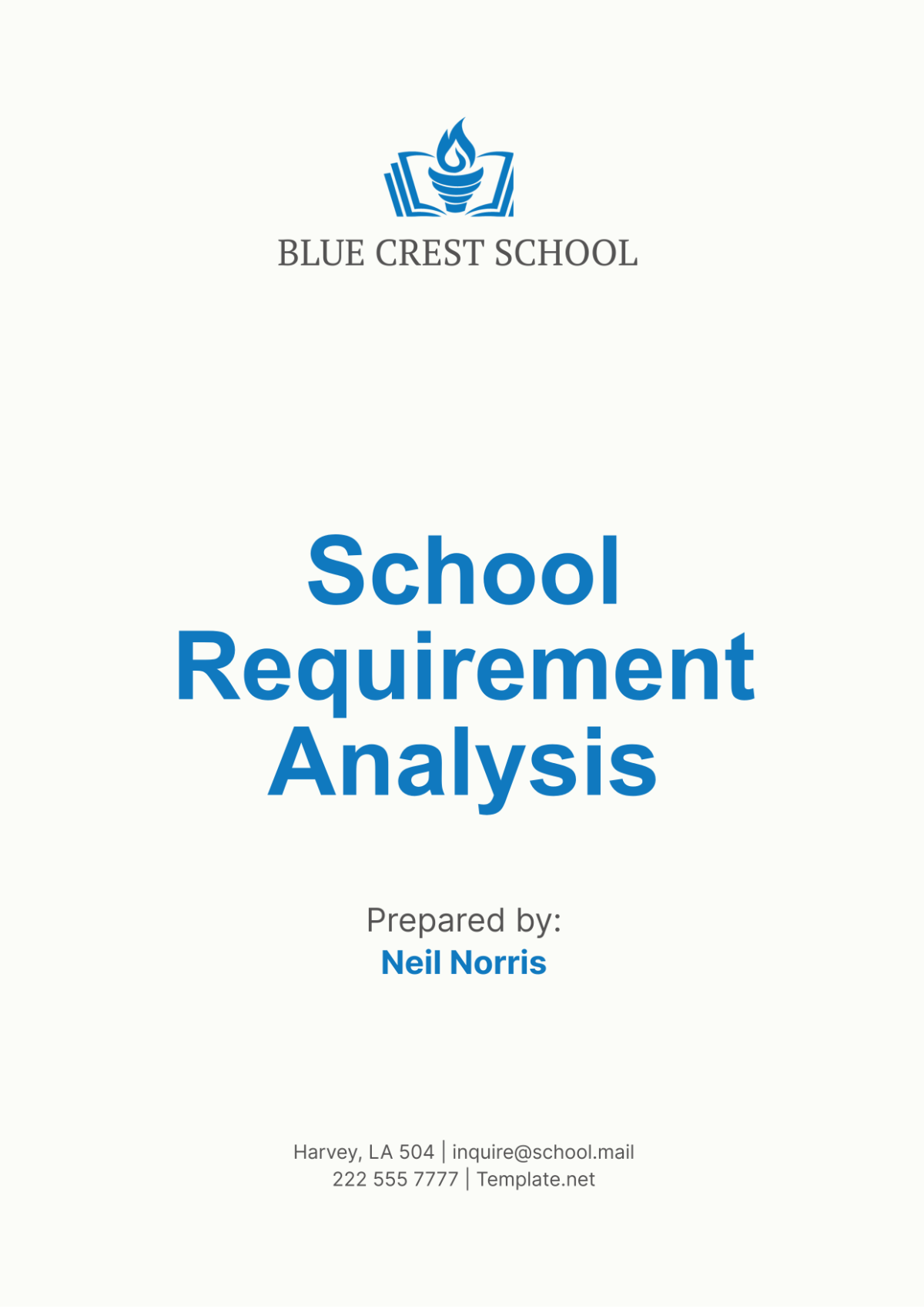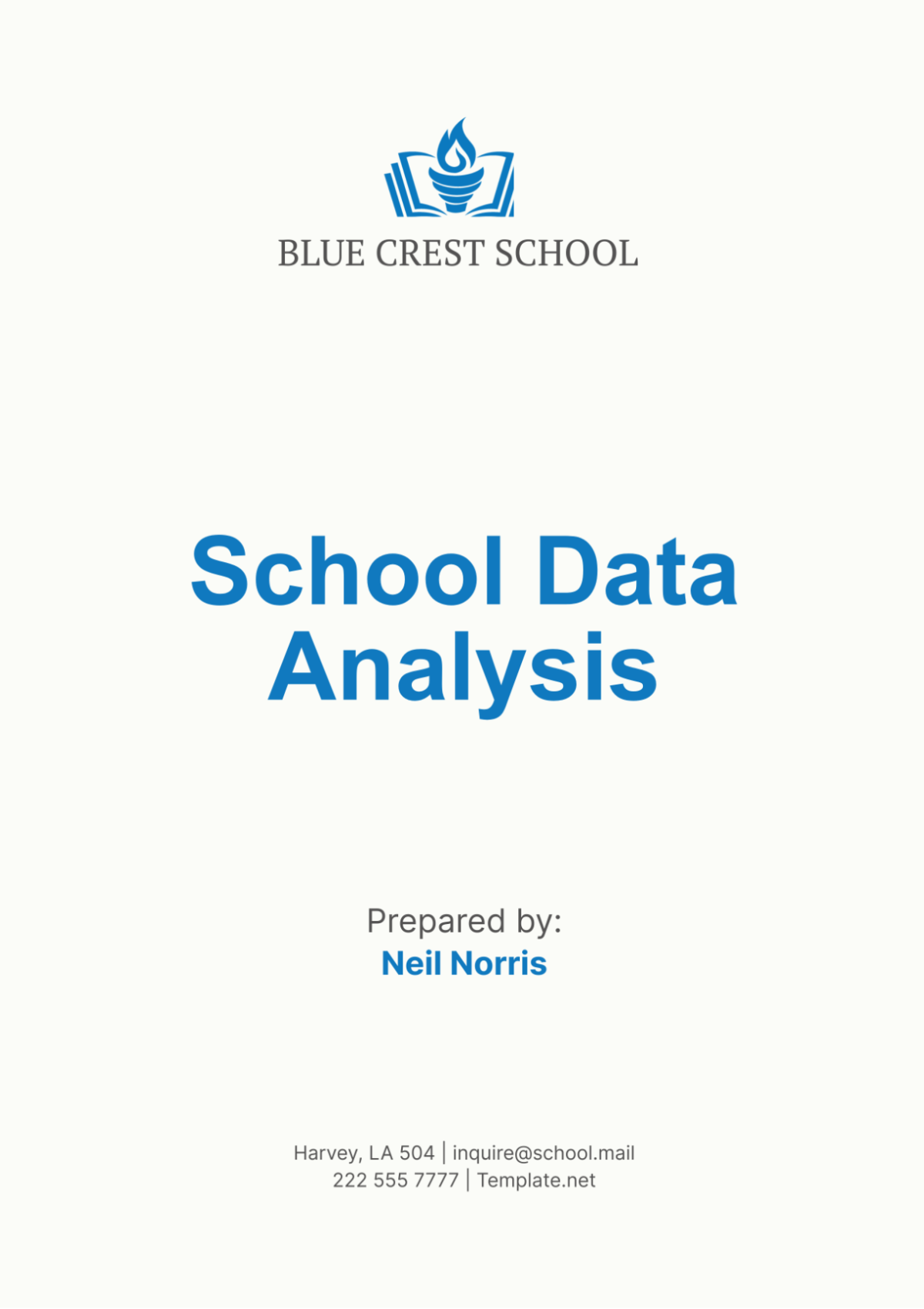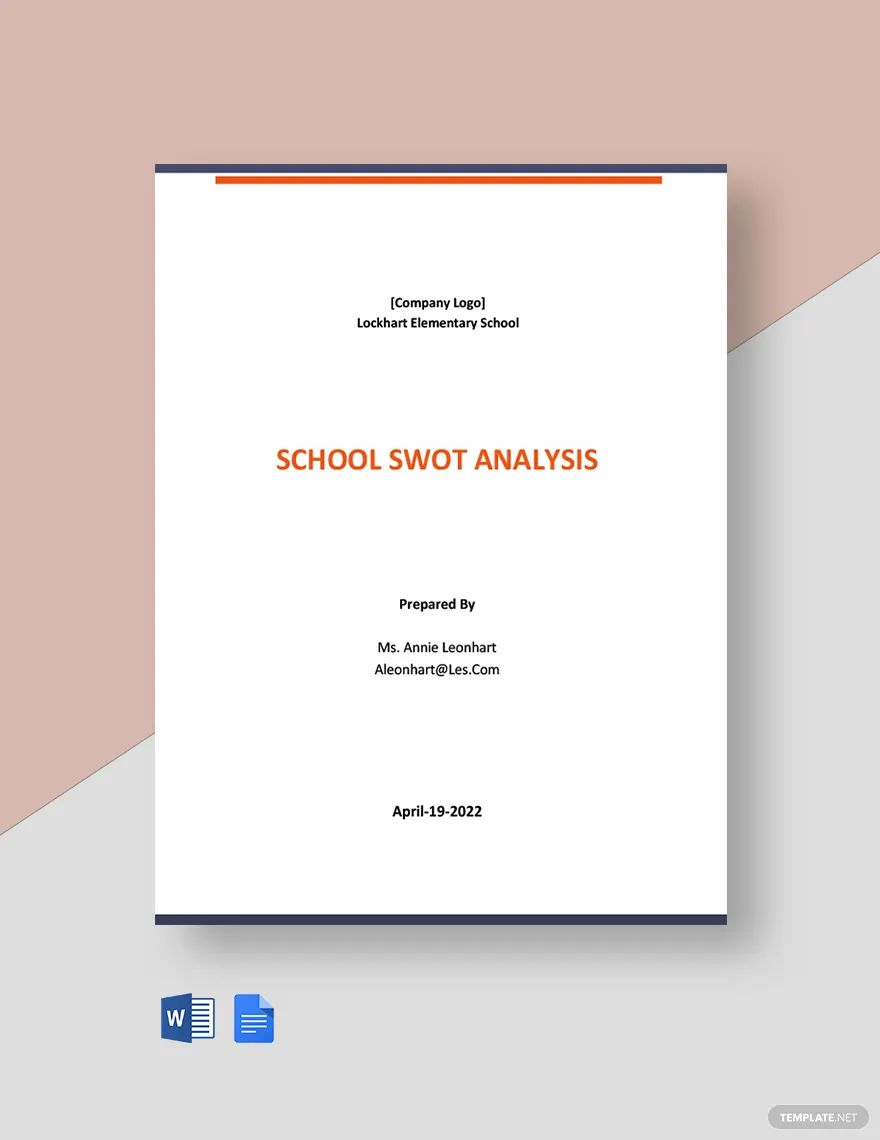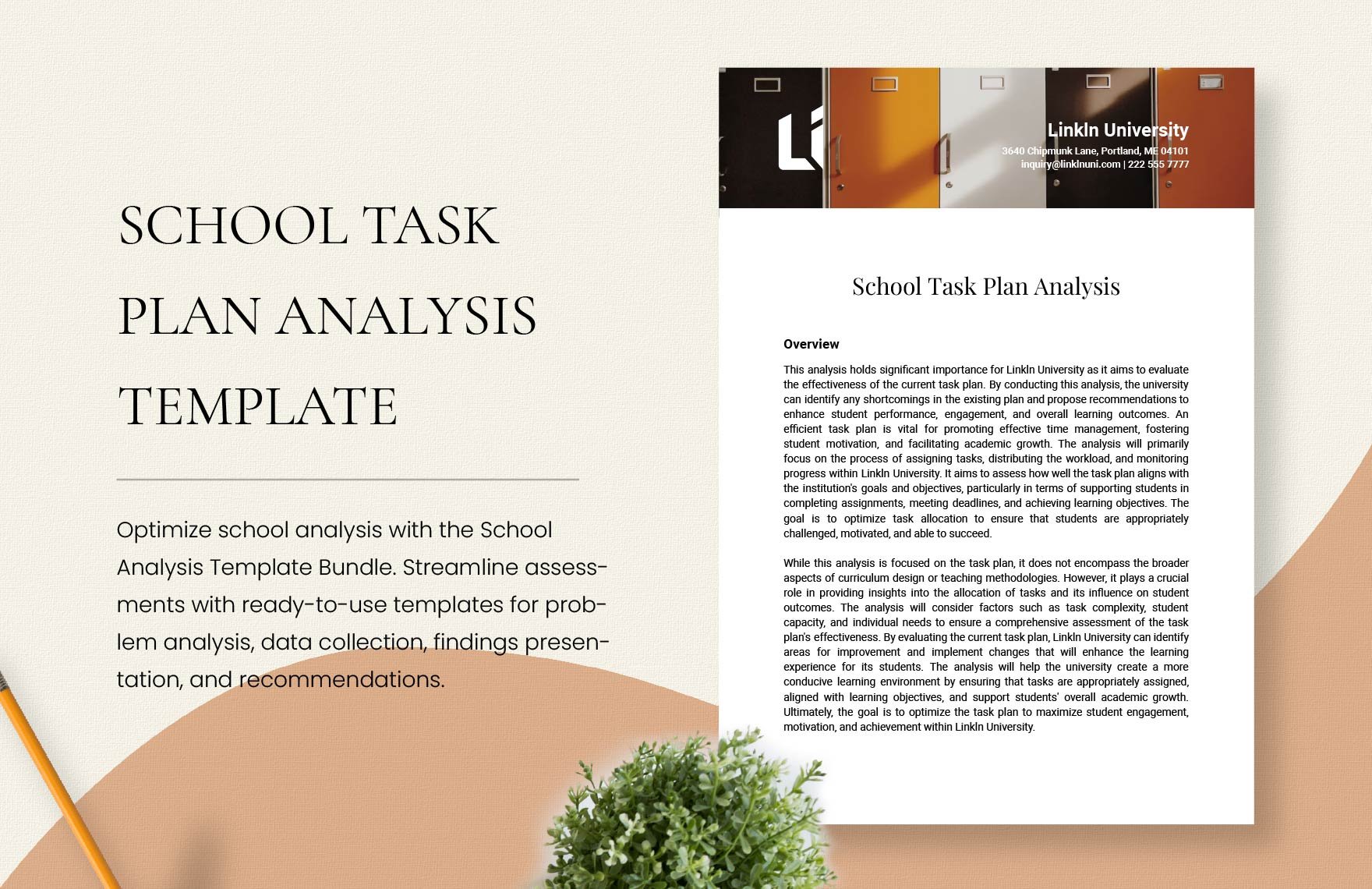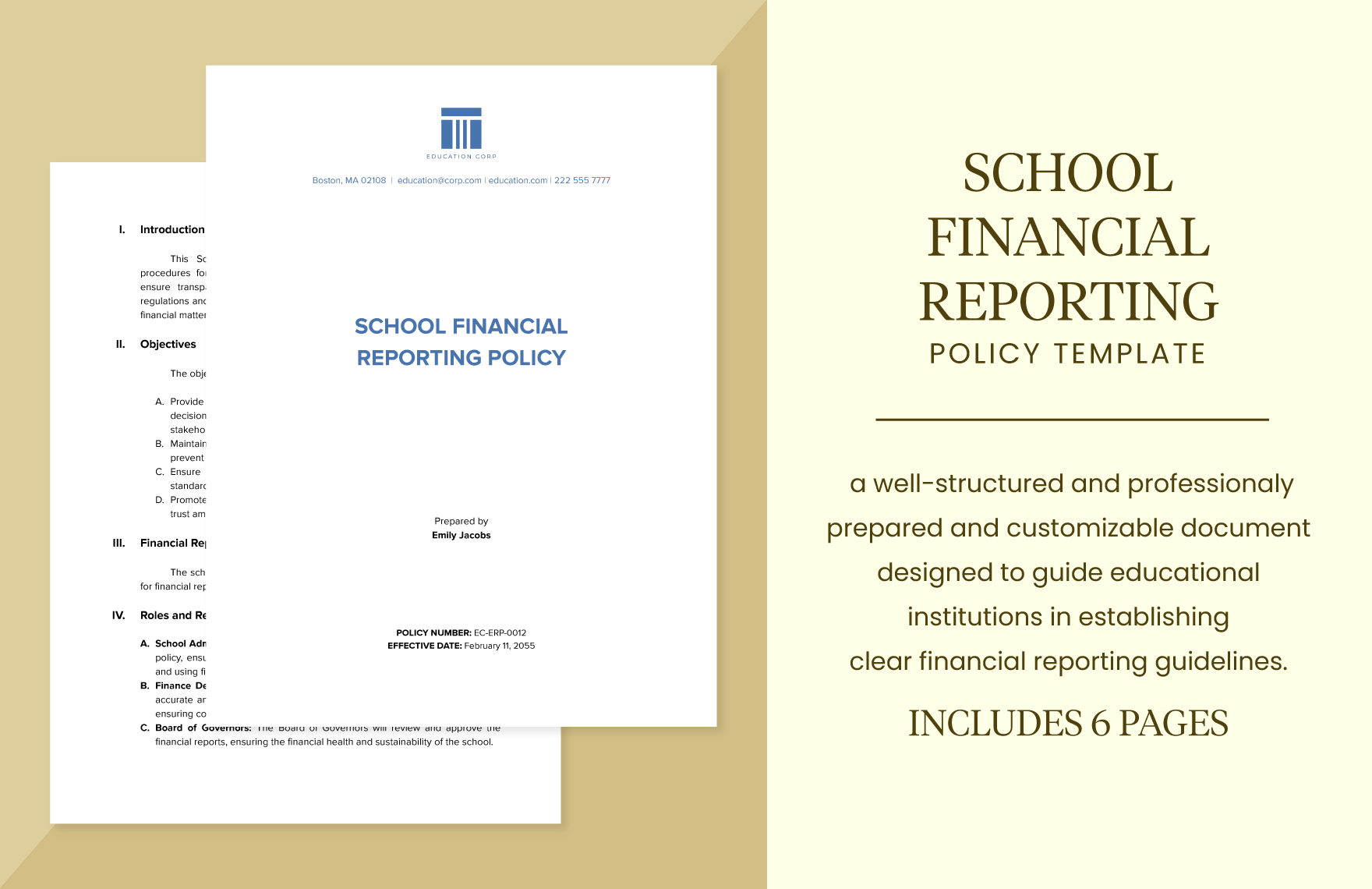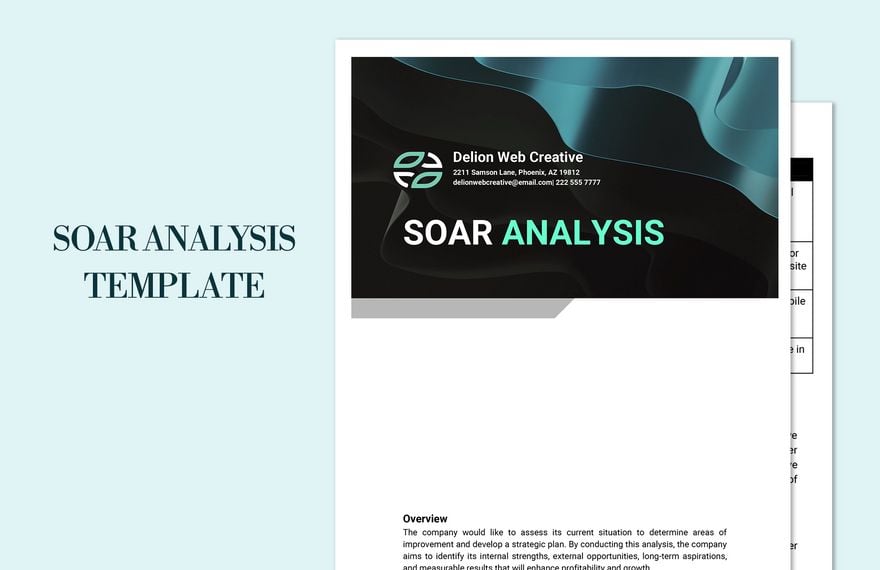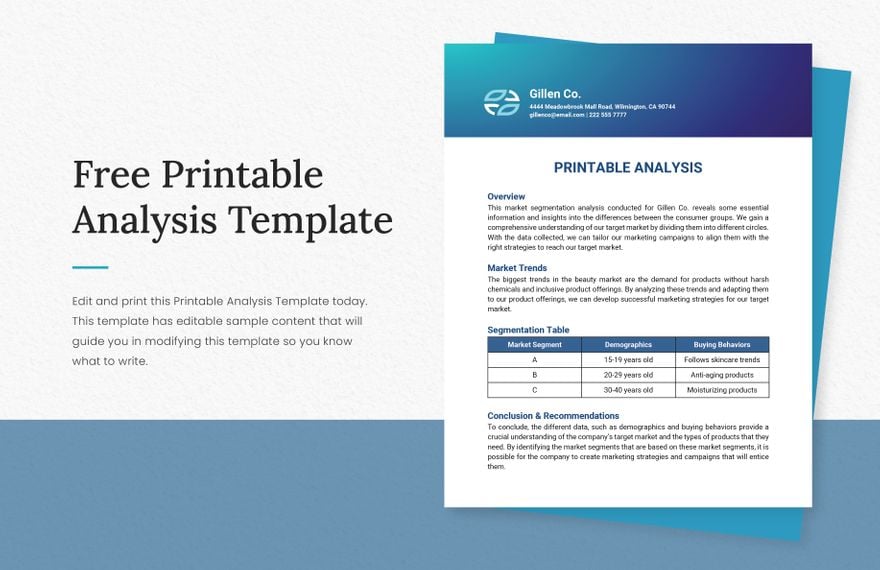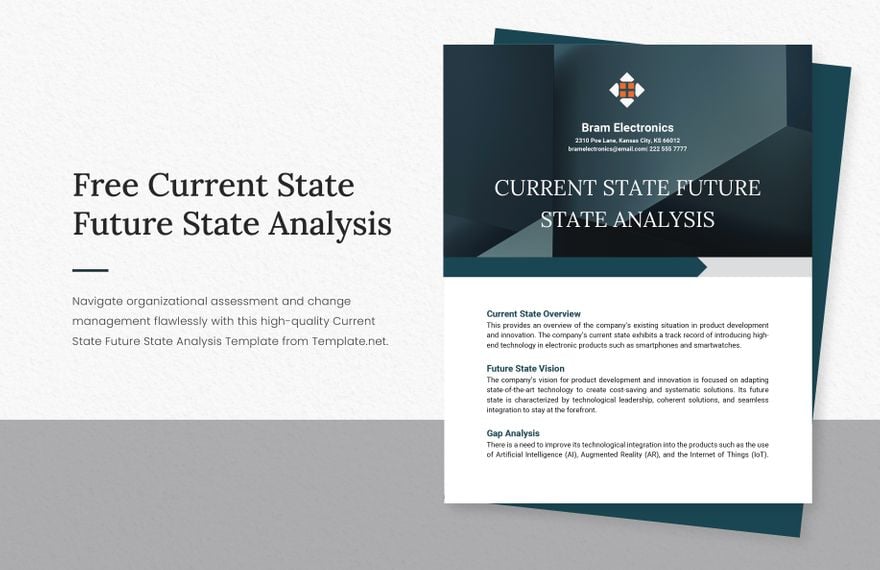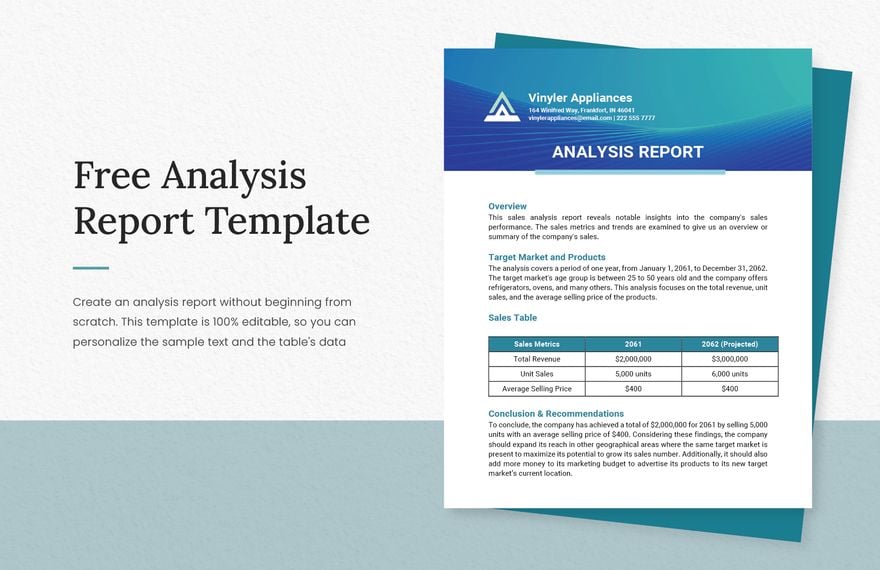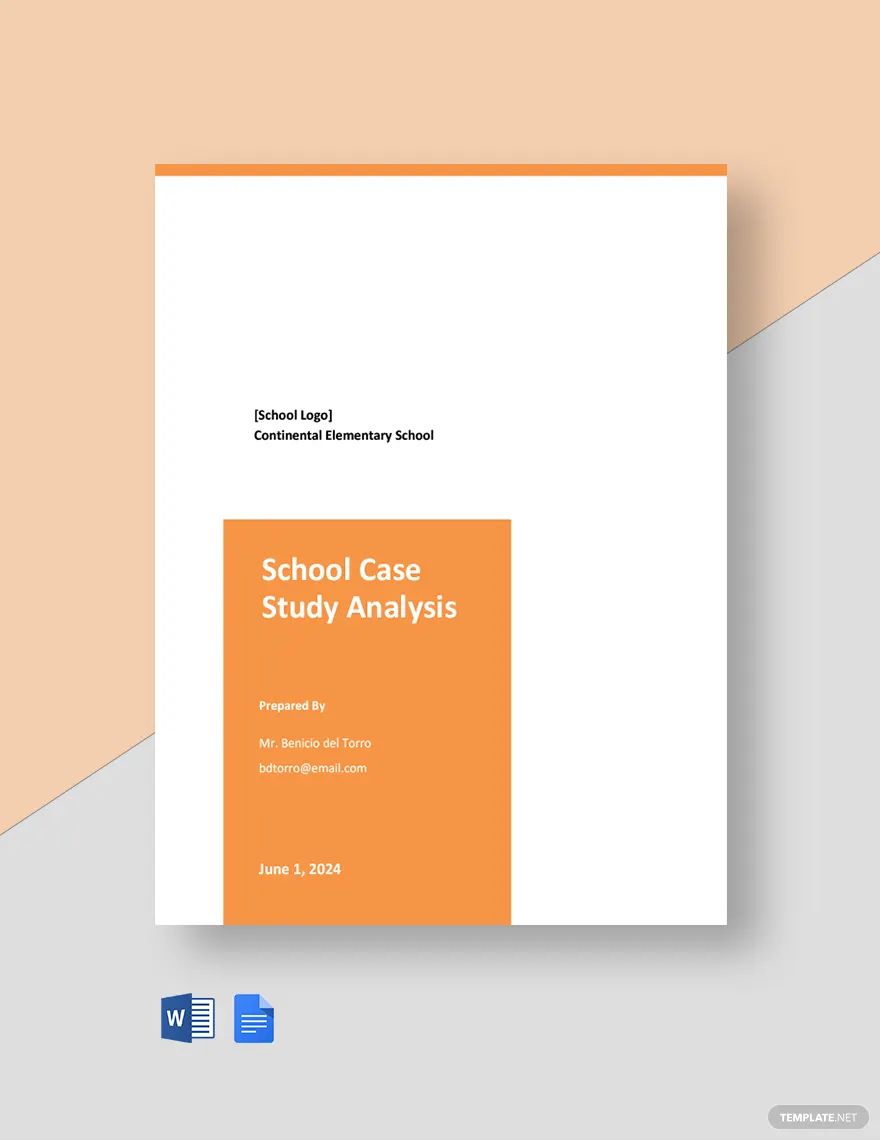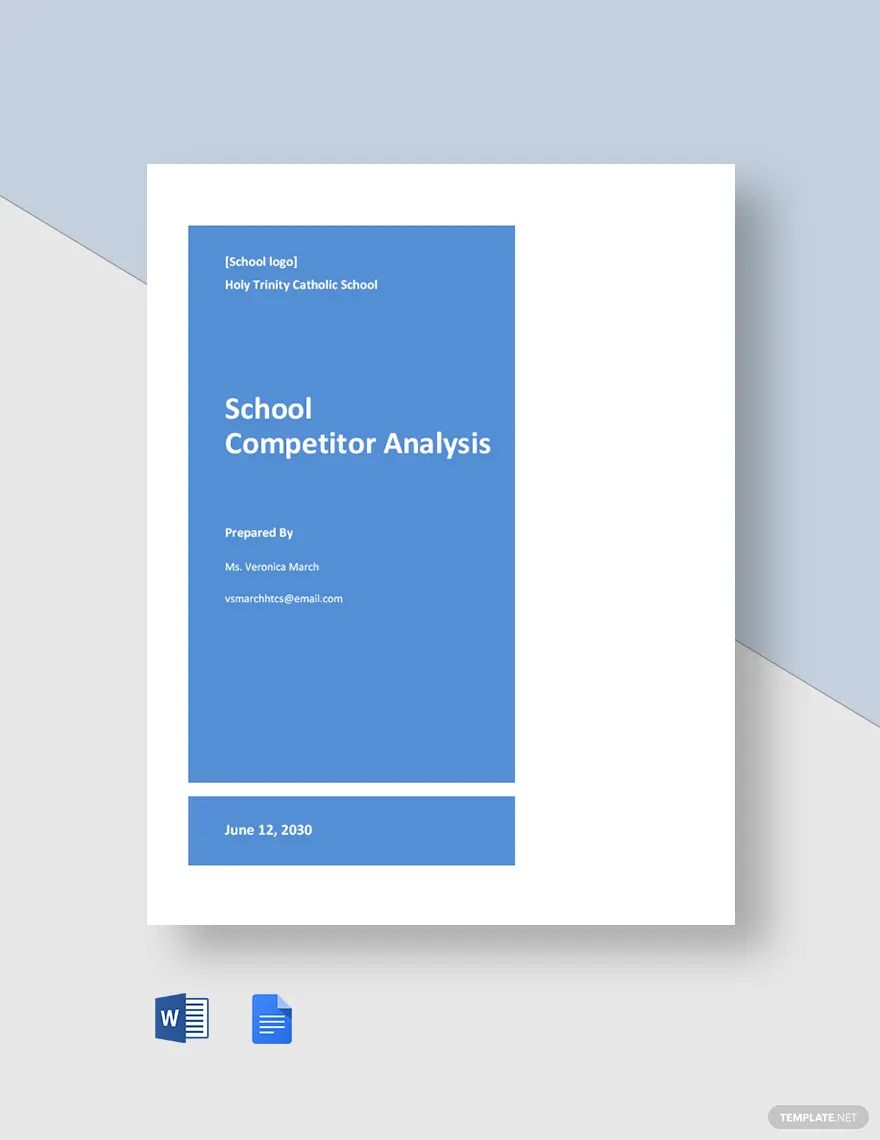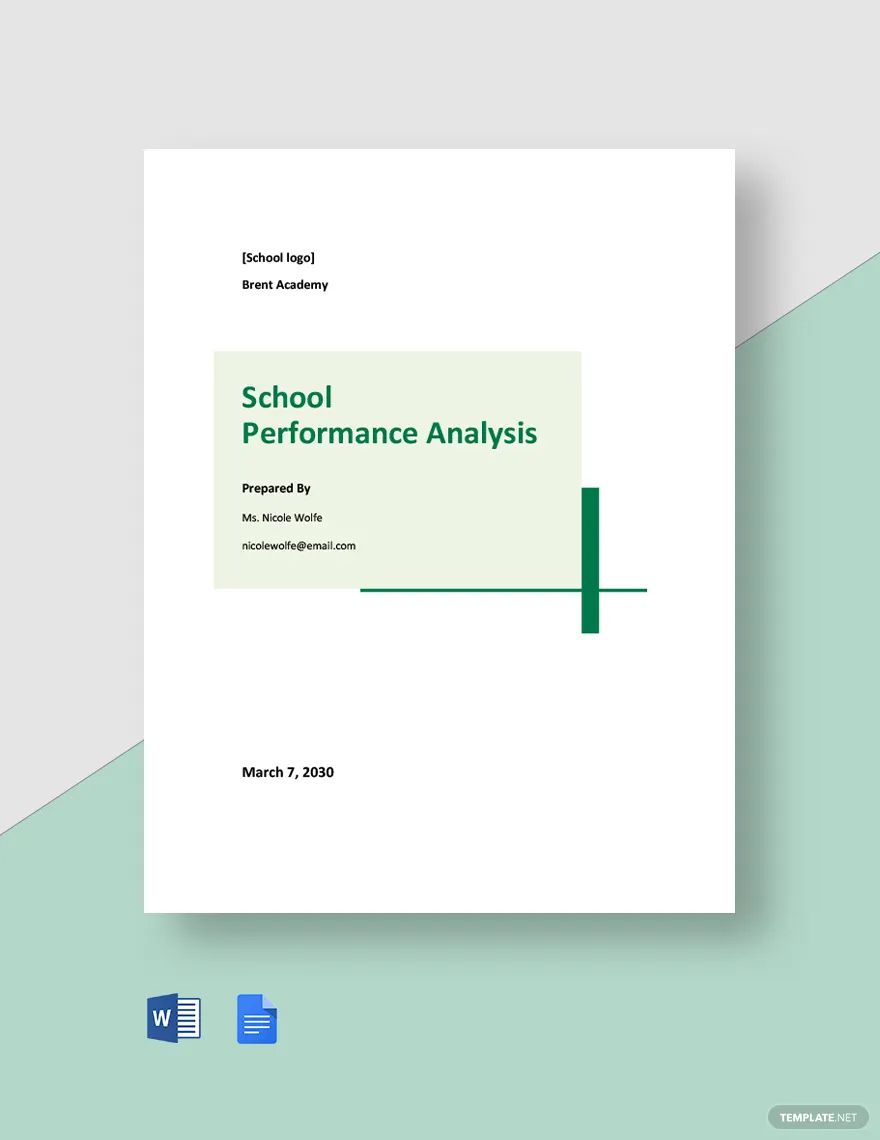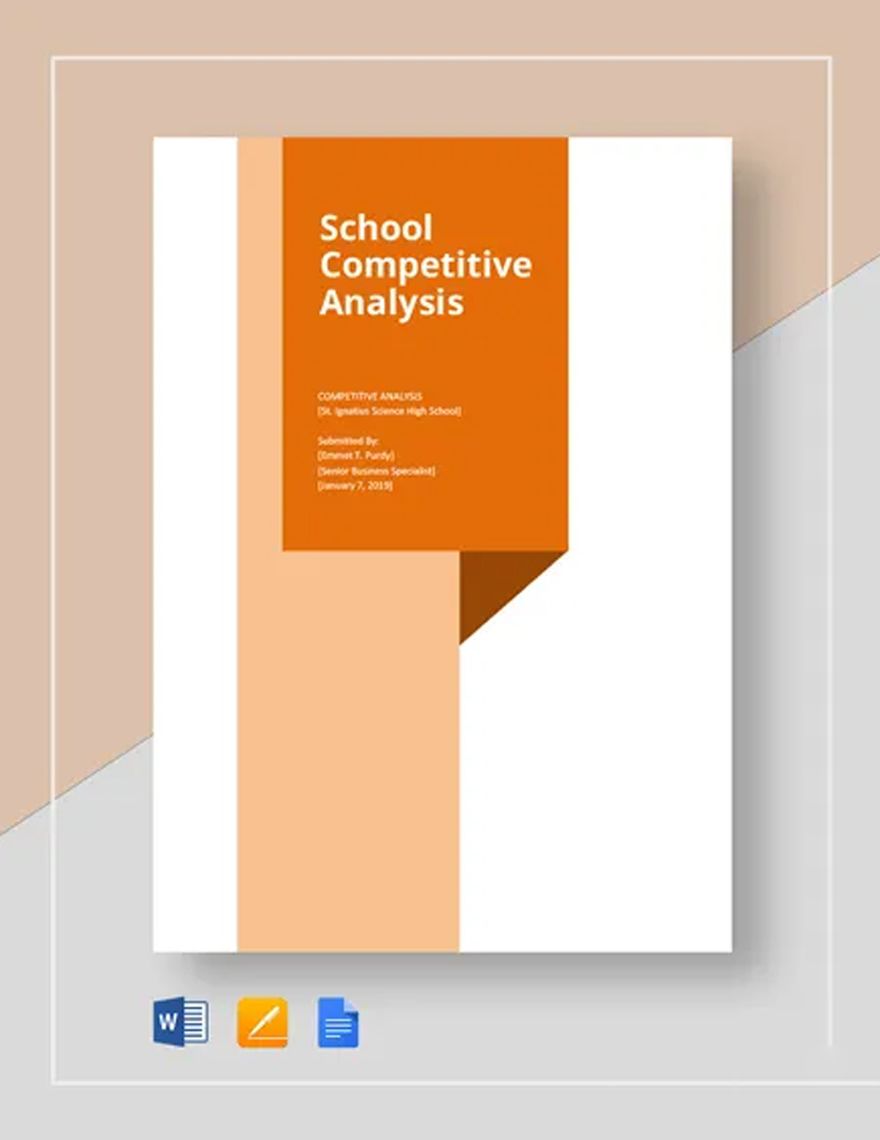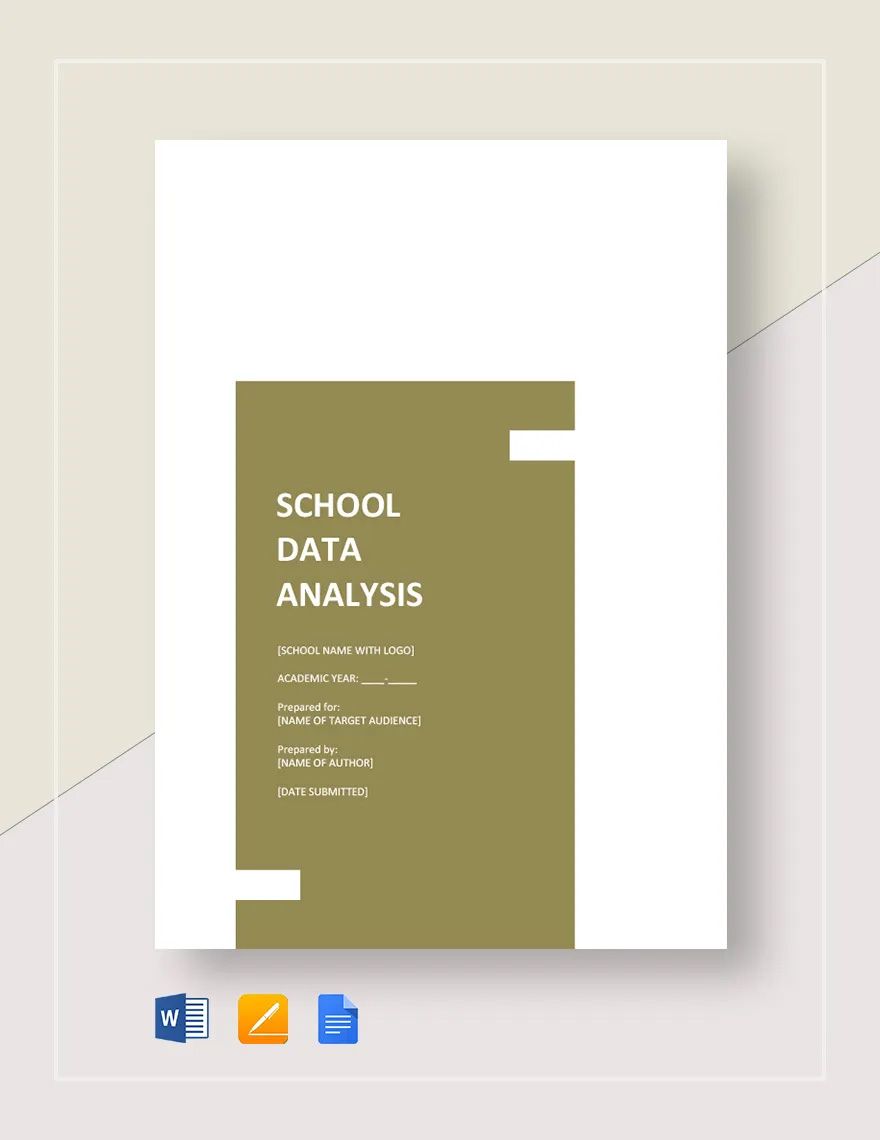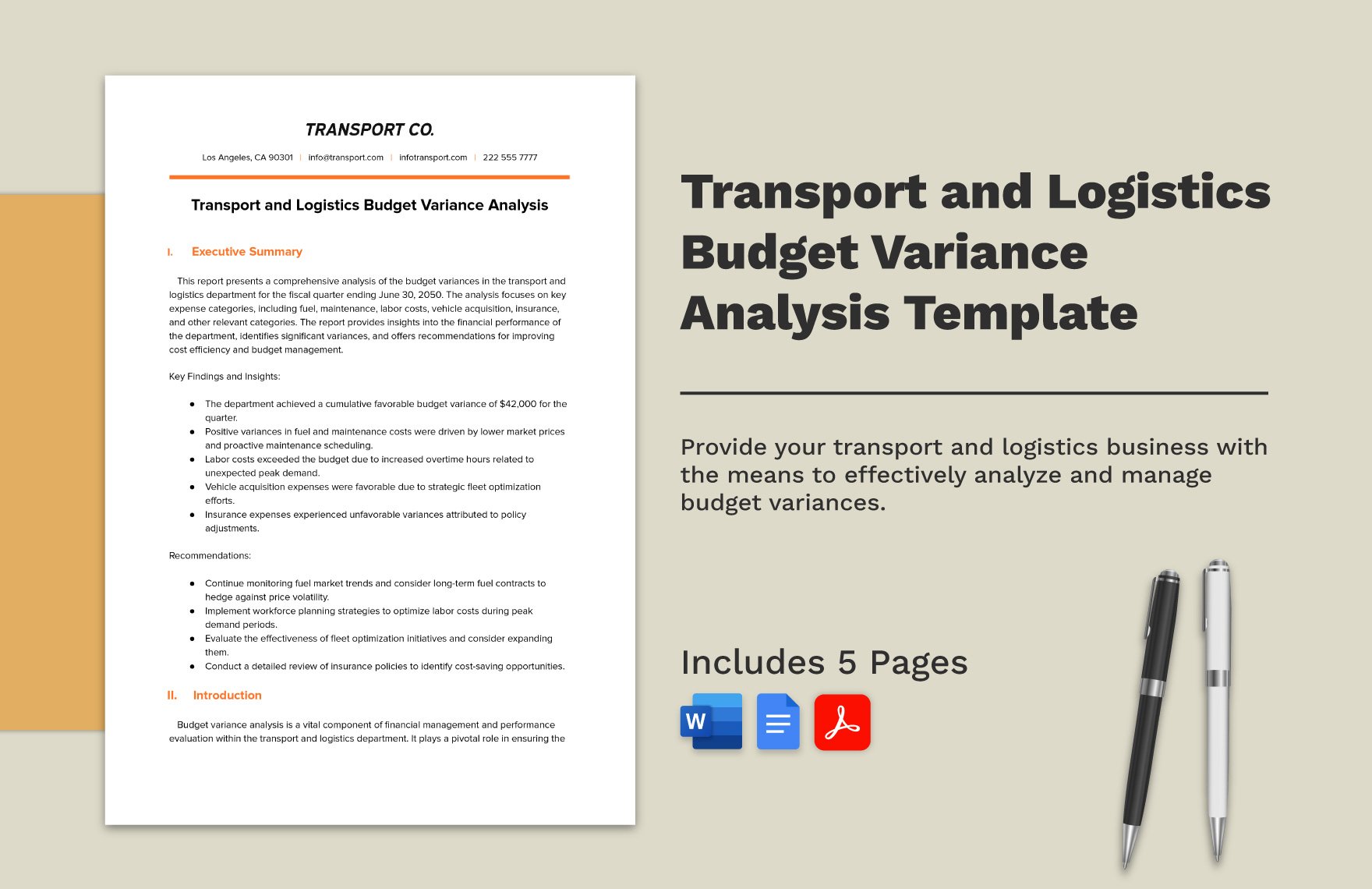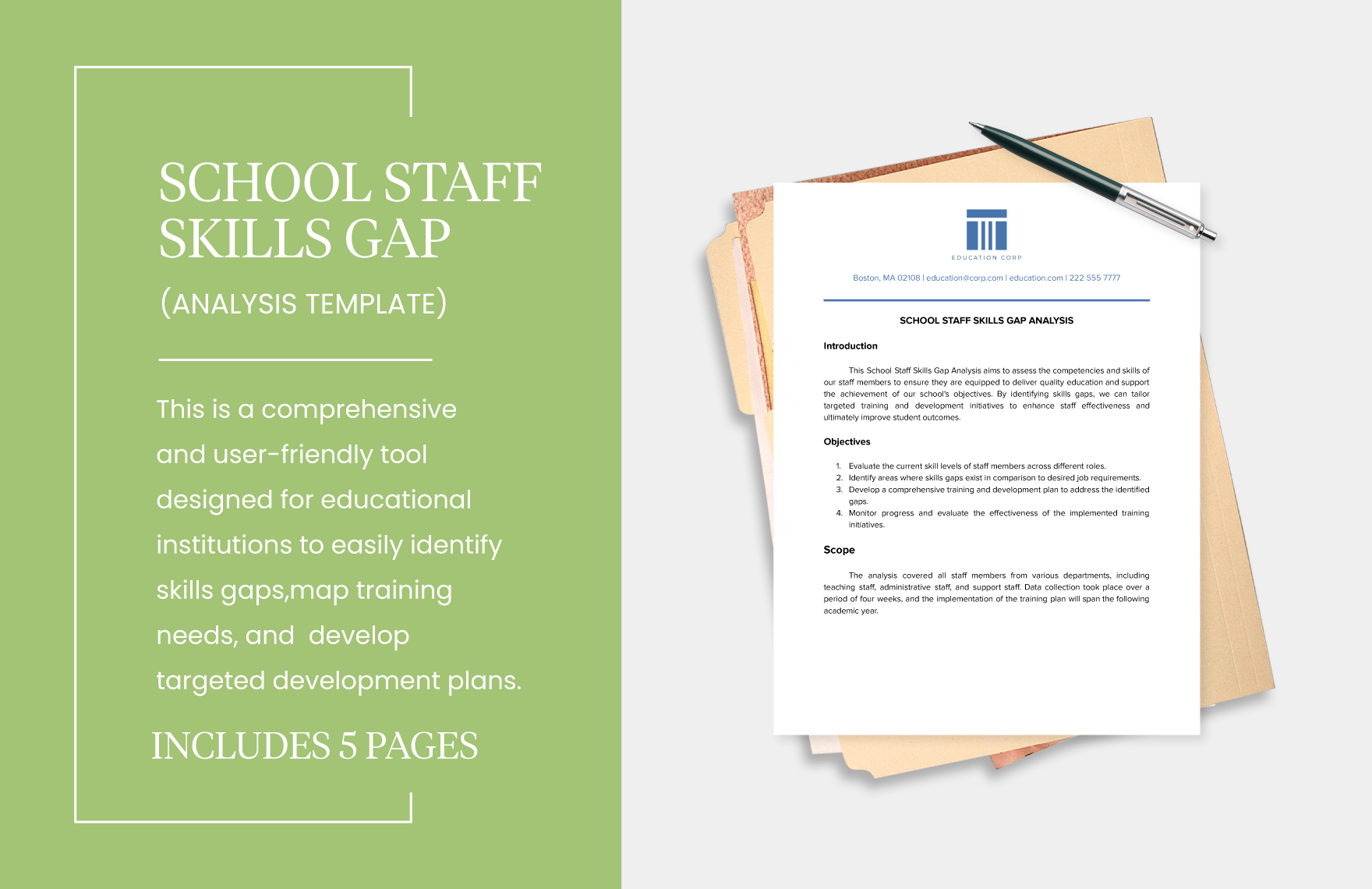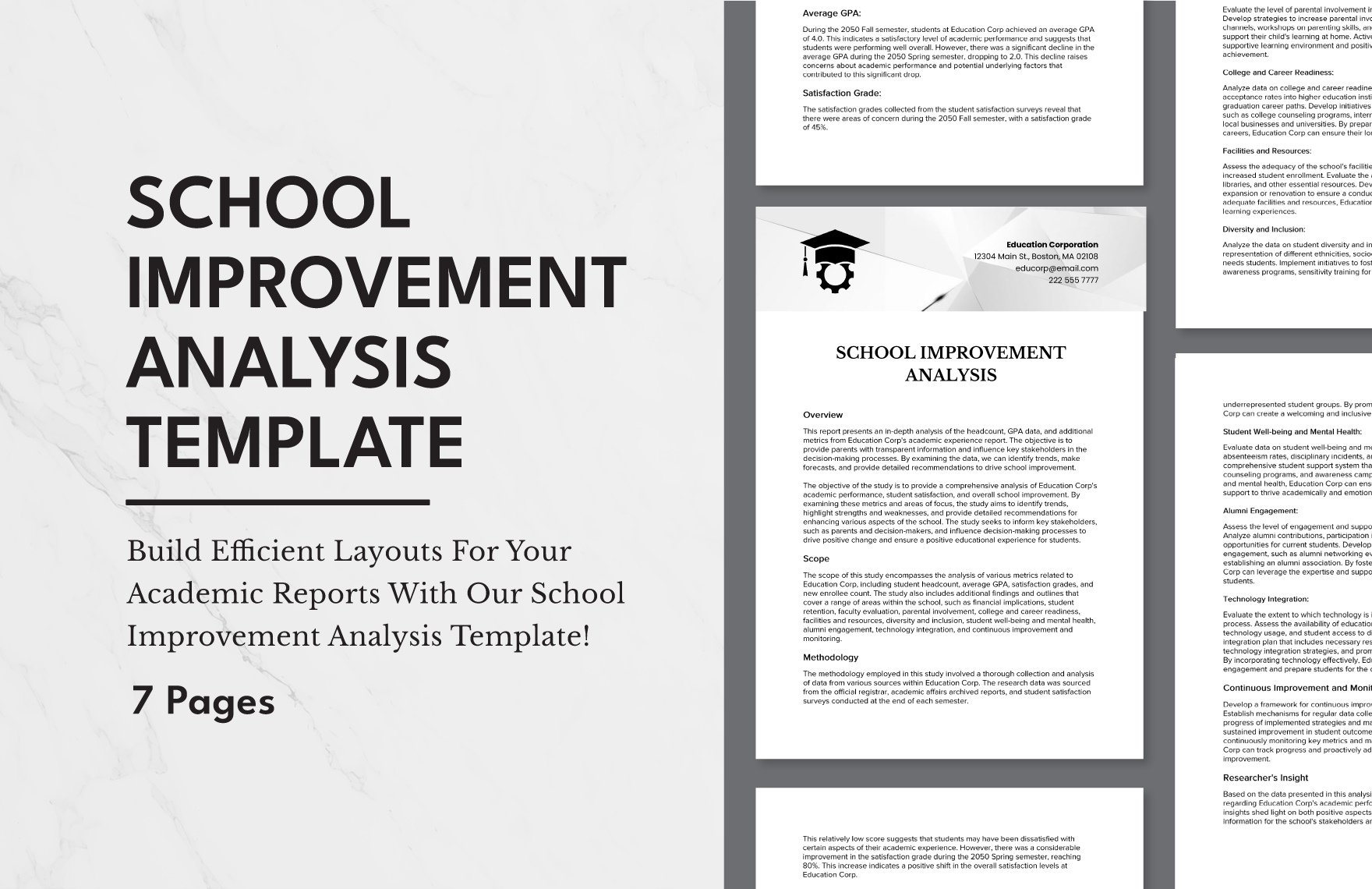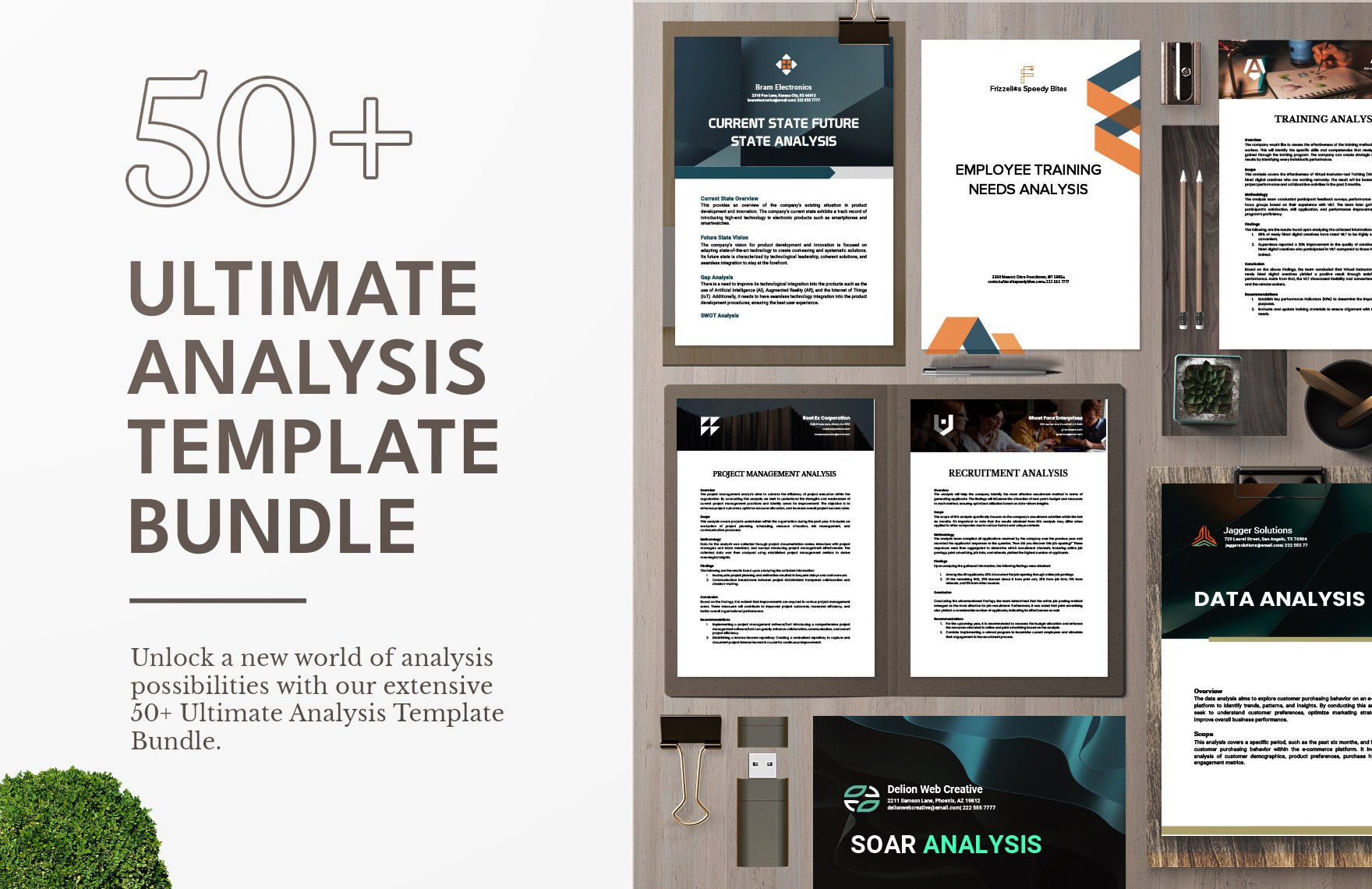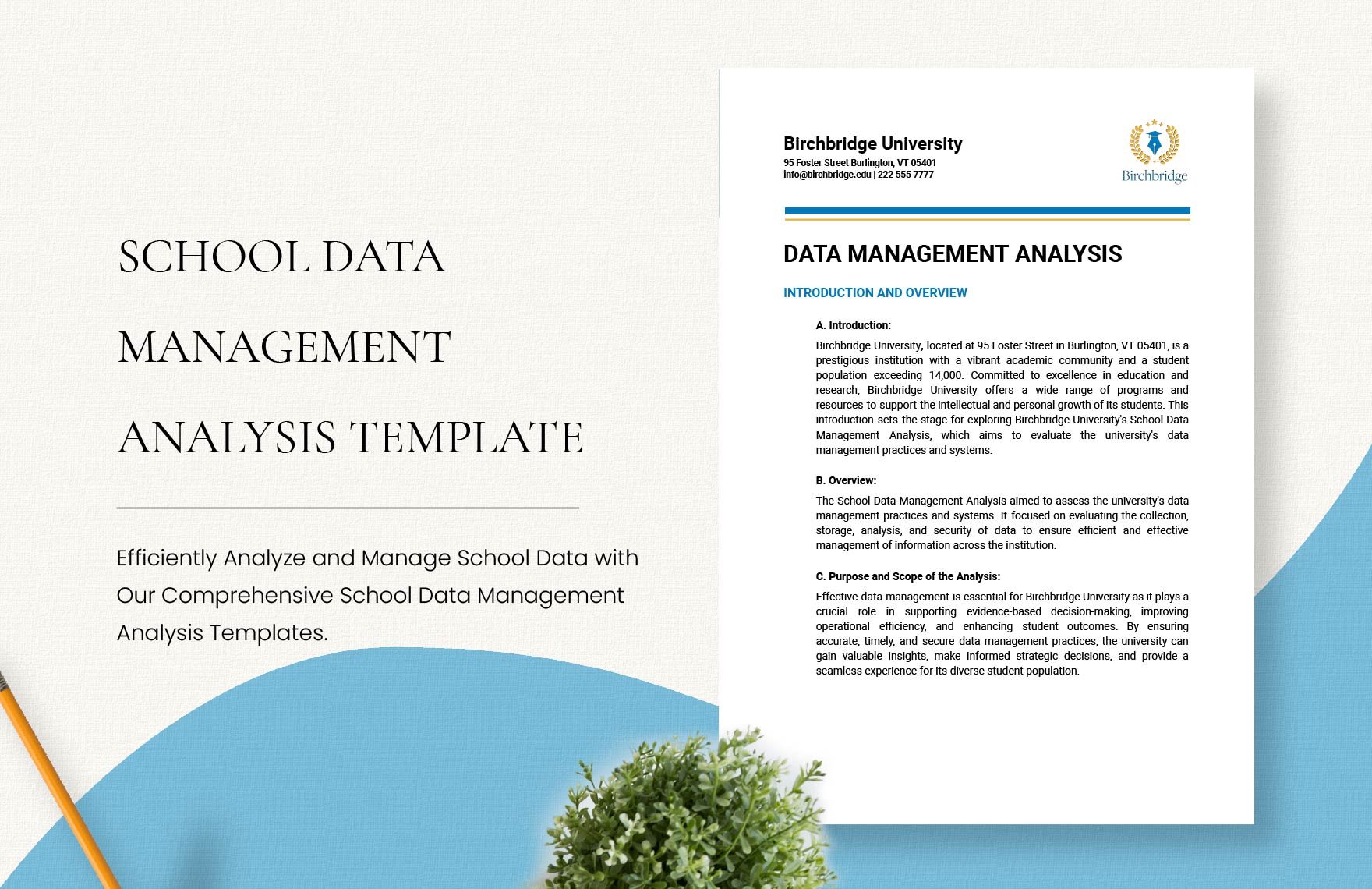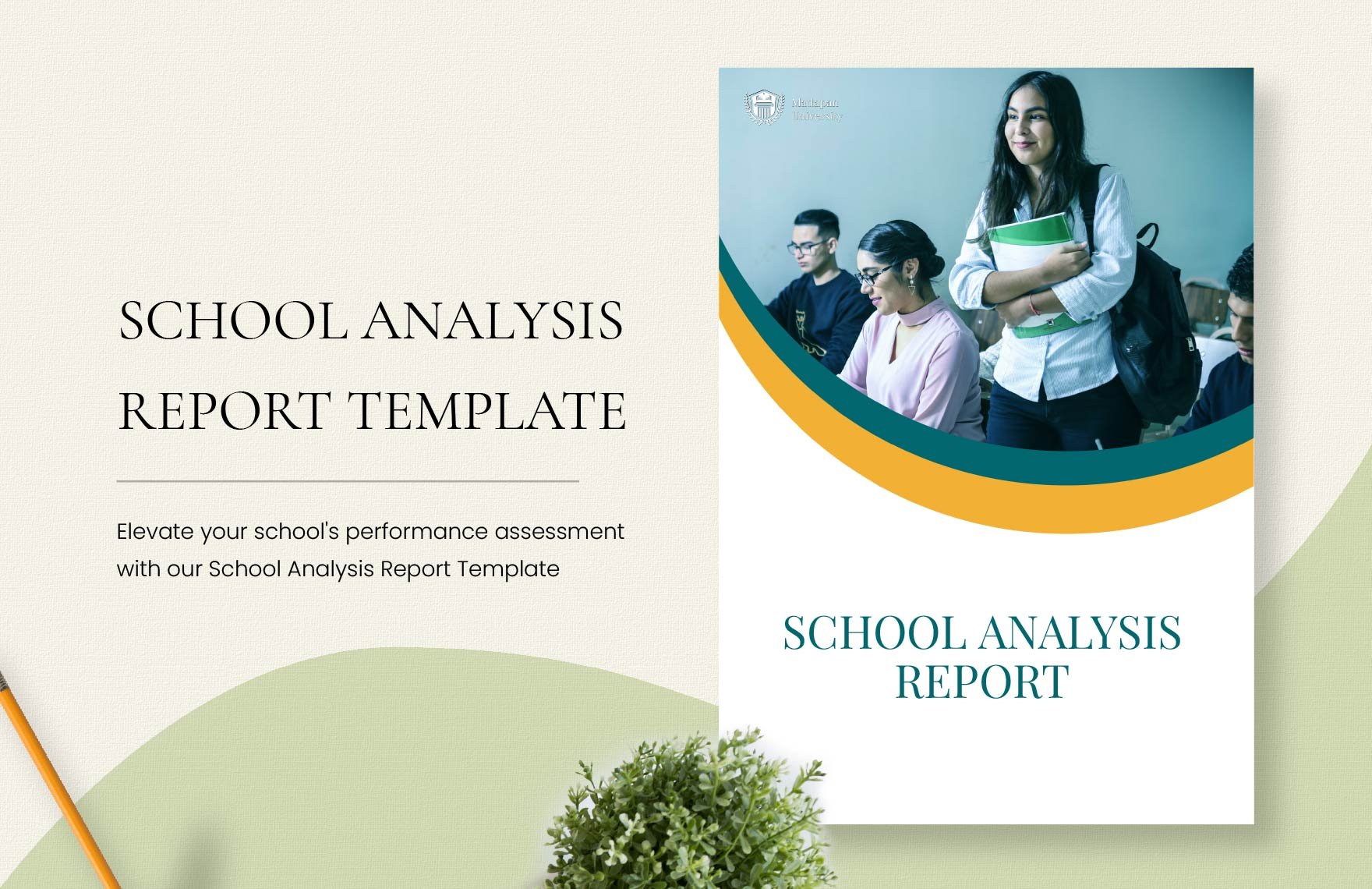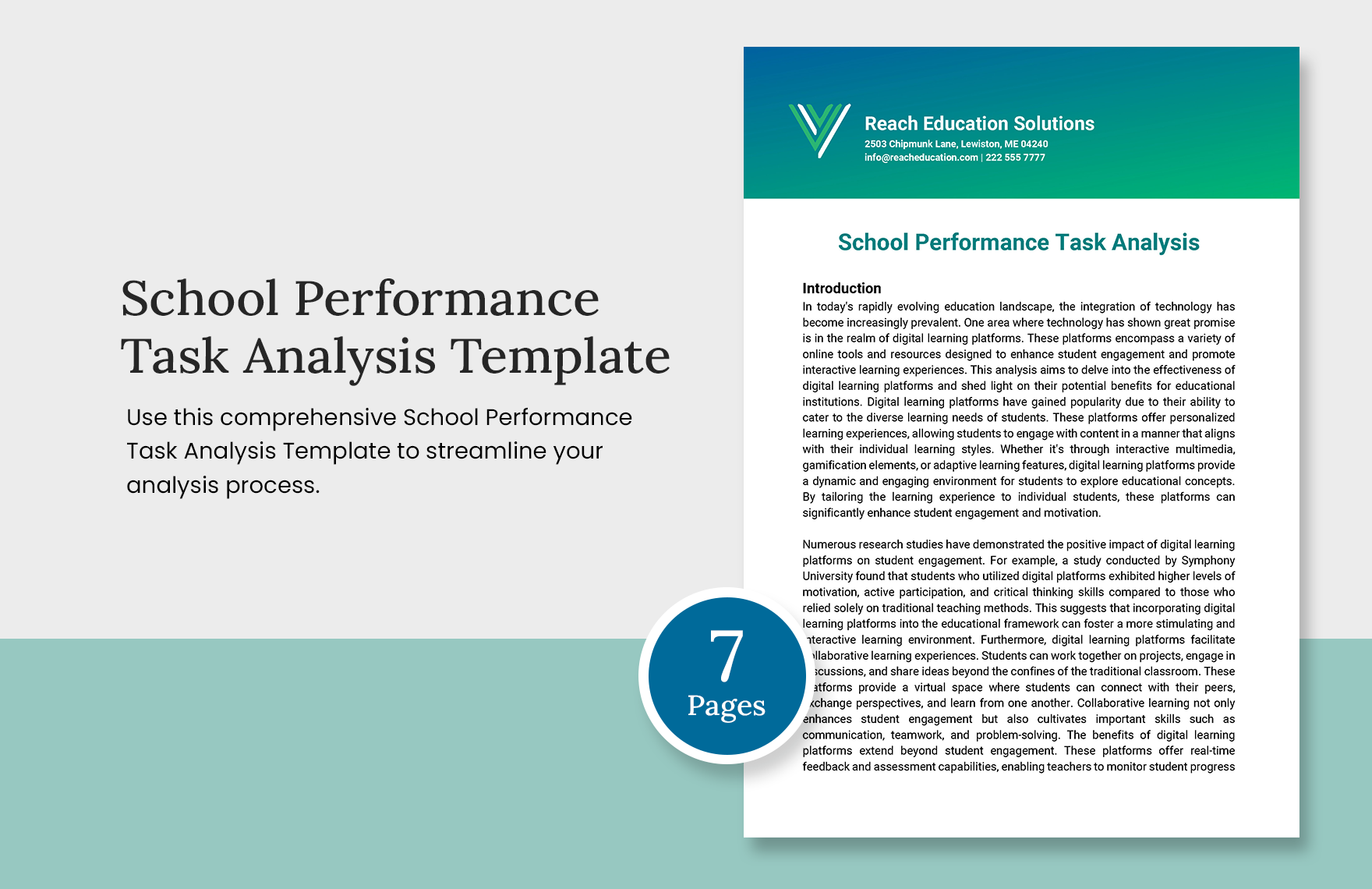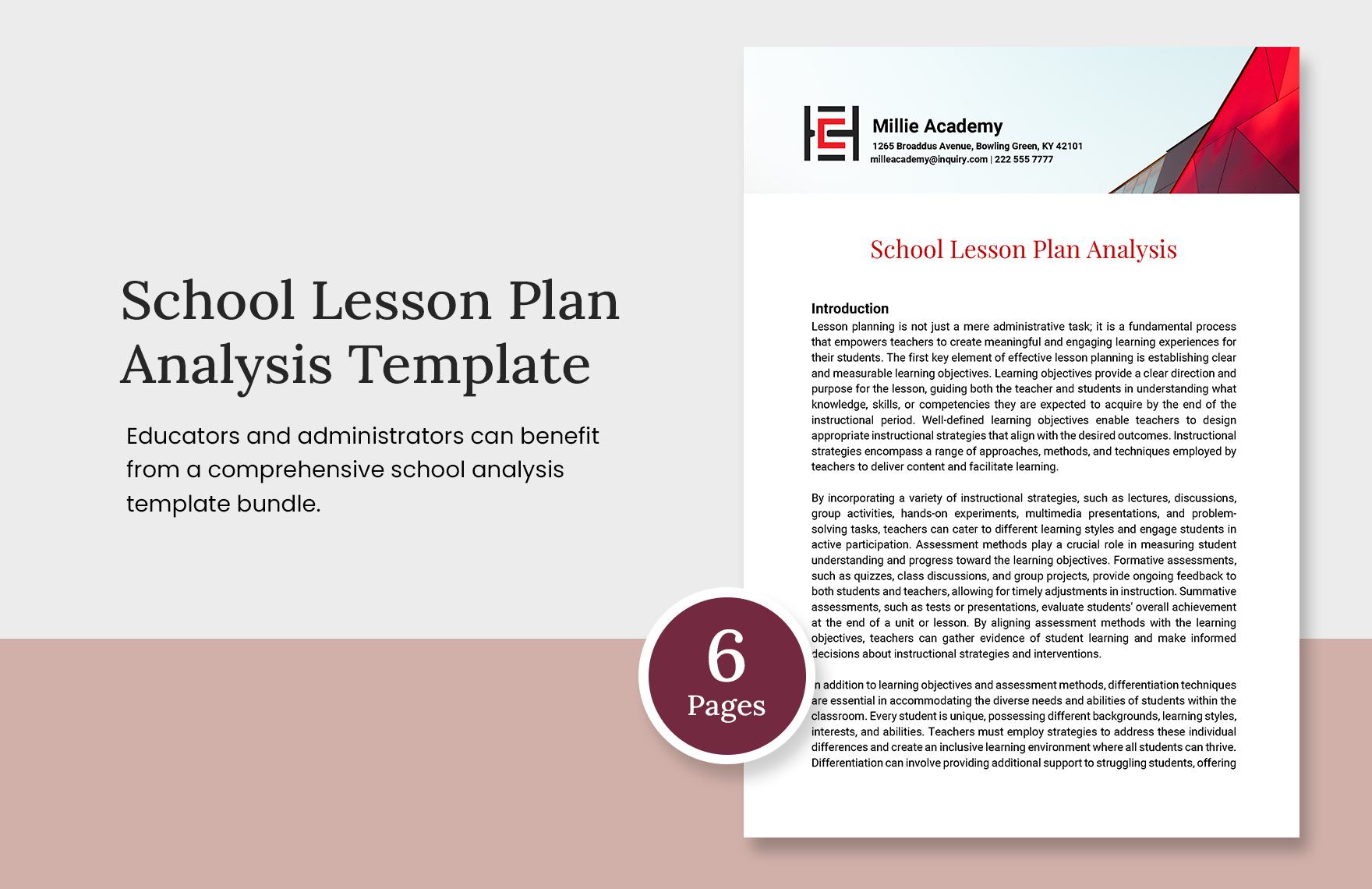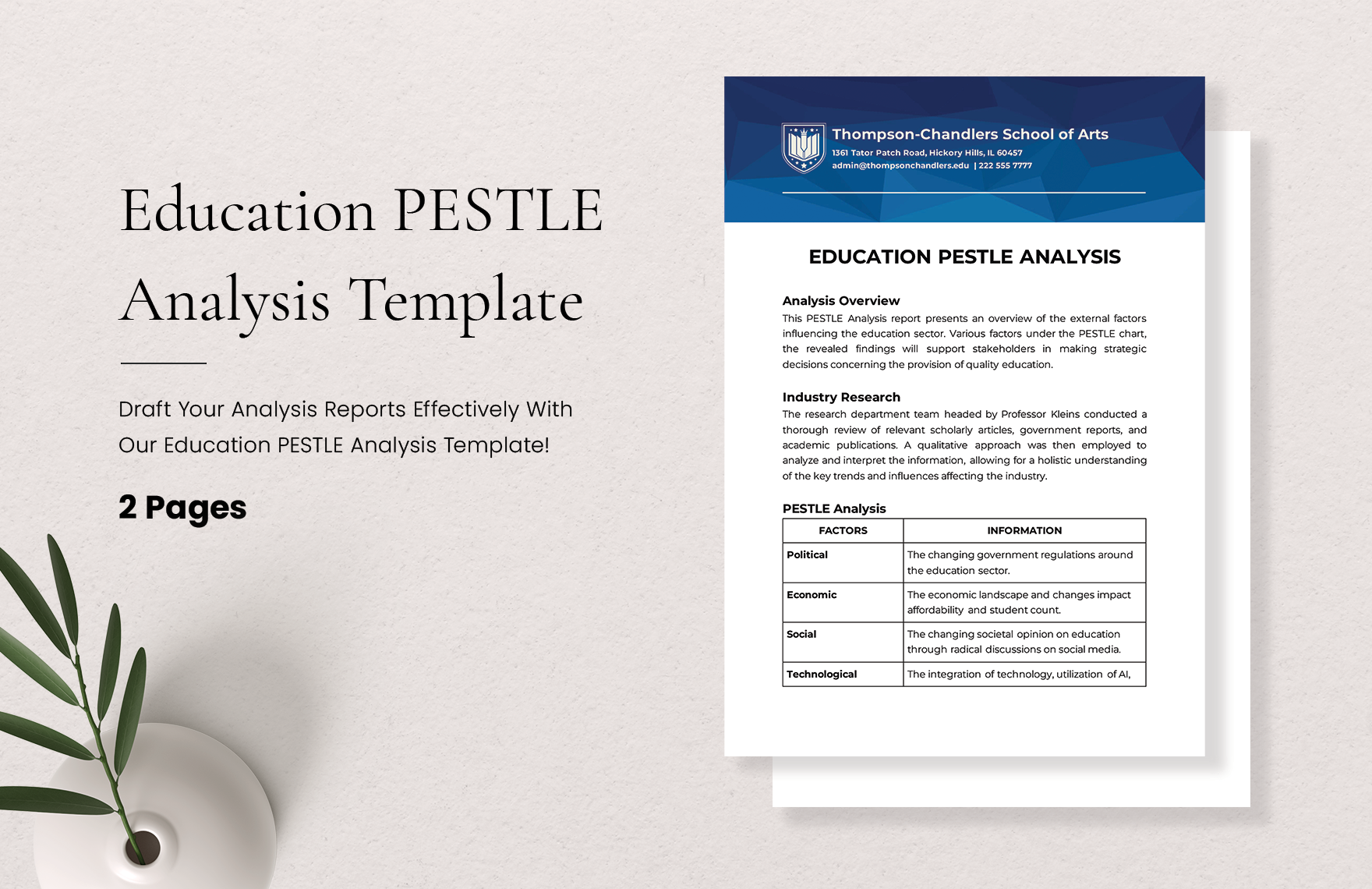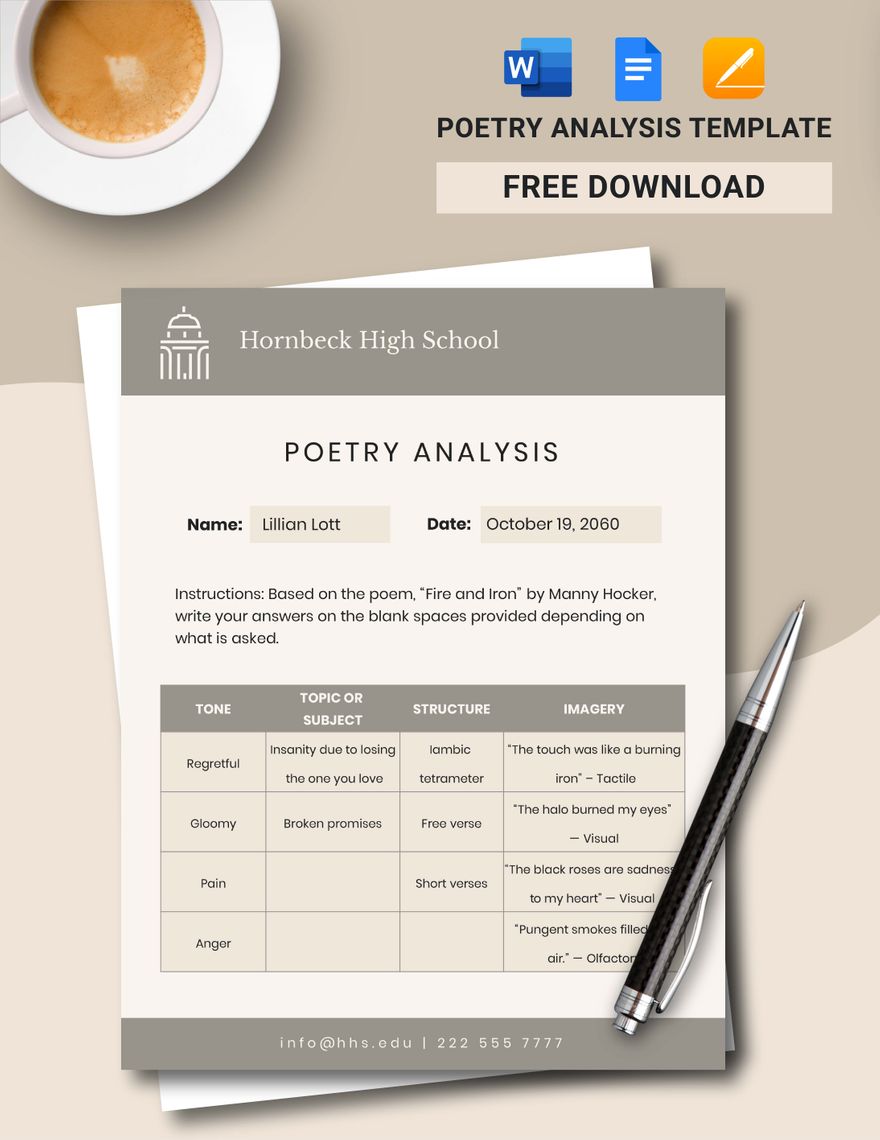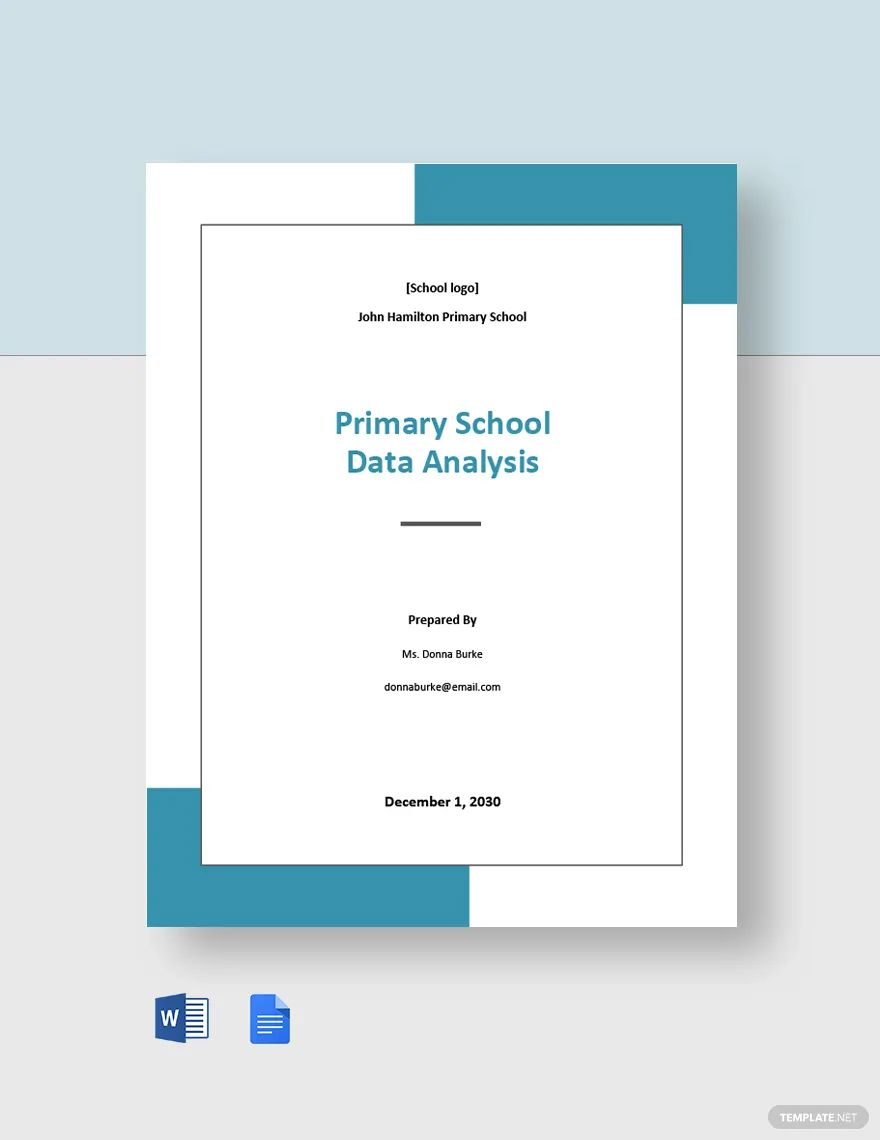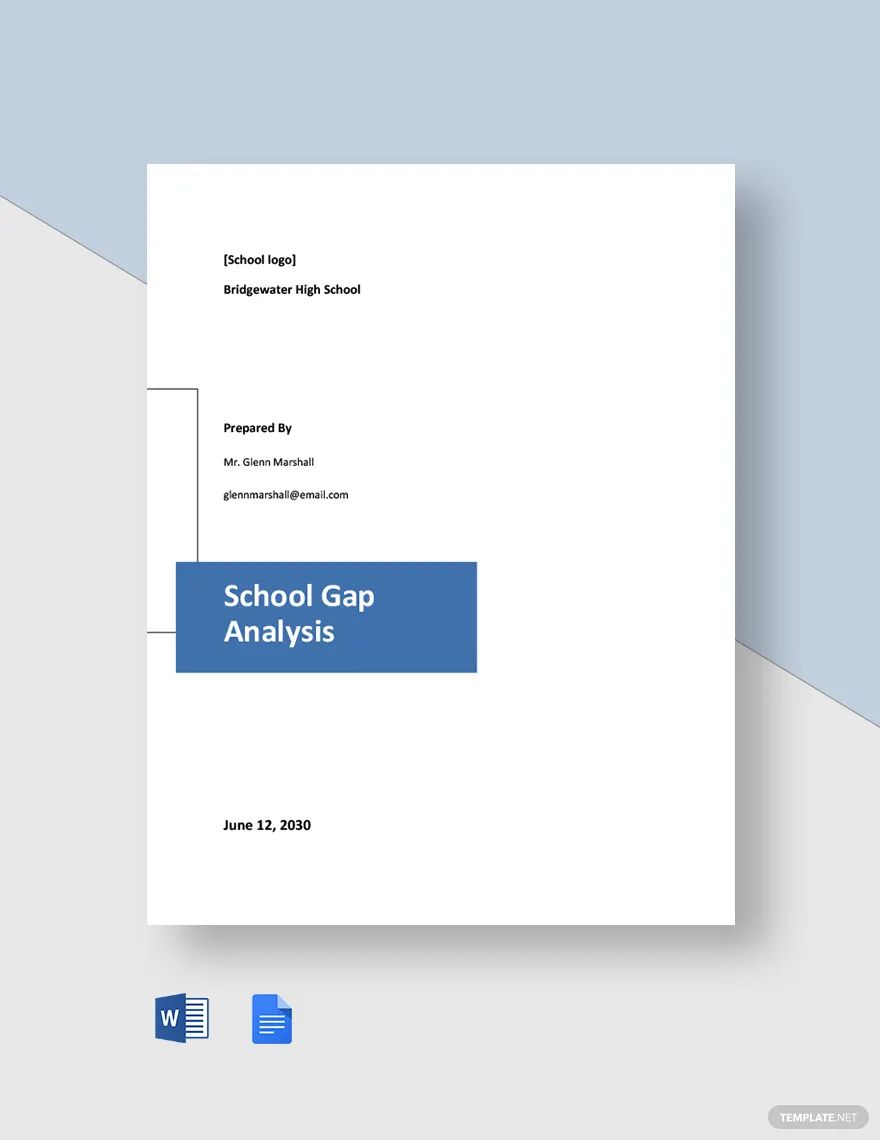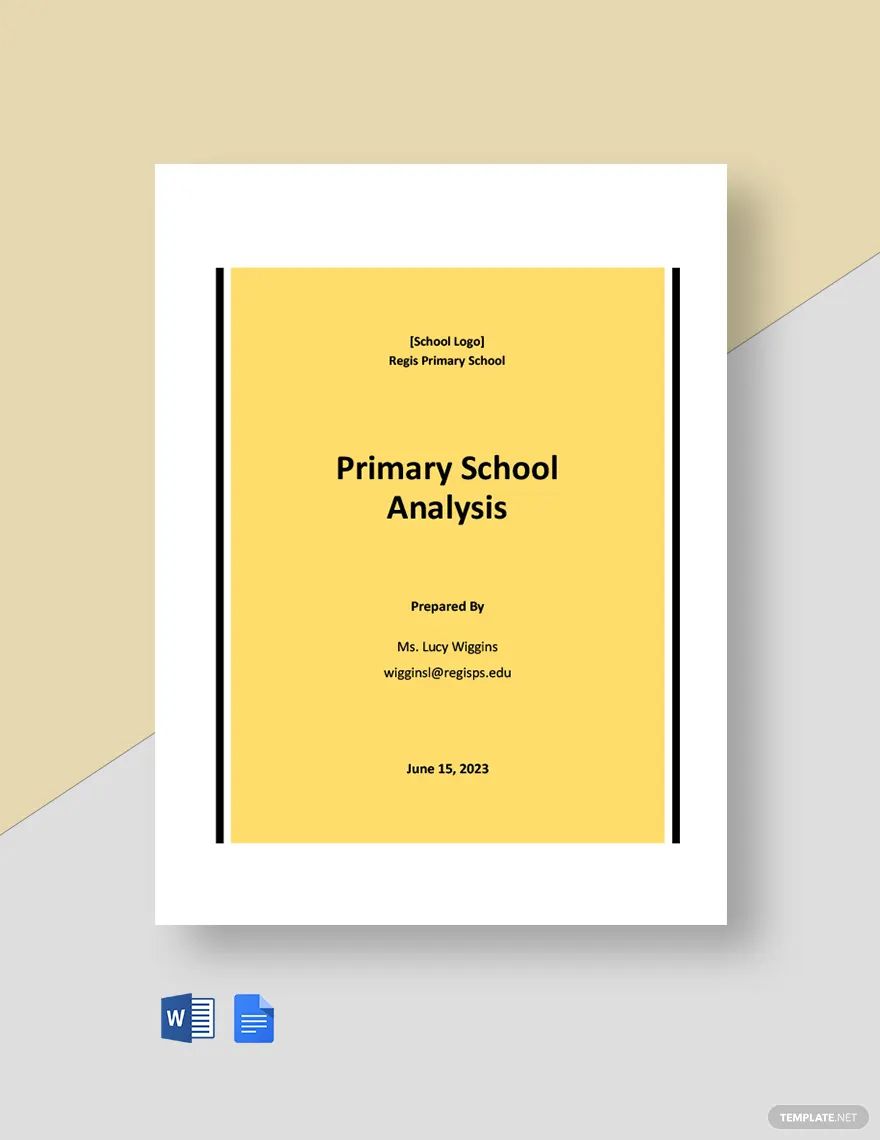Analysis of school data helps educators formulate decisions that positively affect their students’ performance. It also helps in arriving on a feasible action plan to satisfy the school’s academic needs. But documenting may be a tedious undertaking. To give you convenience, we have compiled our ready-made School Analysis Templates. Get the template you need such as school data analysis, school SWOT analysis, school gap analysis, and so much more! Get them in different file formats so you can access them on assorted devices. Professionally written, customizable, and user-friendly for optimal convenience! Download any of these templates, and document your school analysis more accurately!
What Is a School Analysis?
A school analysis is a process in which an academic institution conduct study about the trend and patterns in school which can be used to enhance the overall student experience.
How to Make a School Analysis
A school collects and analyzes data from time to time to assess the learning needs of its students. In the U.S., the Nation Center for Education Statistics (NCES) is the main federal unit that collects and analyzes data that creates an impact on education. Each school can conduct its analysis to evaluate and revamp its education system. School analysis will help in identifying gaps and how these gaps can be addressed. We know how it can be tedious to write or document a school analysis. So, we’ve researched ways to help you improve your documentation.
1. Know What Kind of Analysis You Need
You need to know how to identify the type of analysis you’d be conducting at your school as there are different variations of analysis such as a risk assessment, force field analysis, SWOT analysis.
2. Recognize the Purpose of Your Analysis
School analysis has different purposes depending on your academic needs and the type of data analysis you’d be doing. Knowing the purpose of your analysis will be the groundwork of the whole process.
3. Know Your Intended Audience
Much like writing an article, poem, poetry, or book, you need to know who your audience is. In an analysis, knowing your intended audience will help you choose the right tool that fits your purpose.
4. Emphasize the Main Point in the Analysis
Make sure to emphasize the important sections of your analysis to ensure that the reader can fully understand how the data was collected and how it was analyzed, including the results and recommendations.
5. Reevaluate
Before finalizing your analysis, conduct a reevaluation with your team to ensure the accuracy of data. Since analysis is a collaborative process, reevaluation should be a collaborative effort as well.
